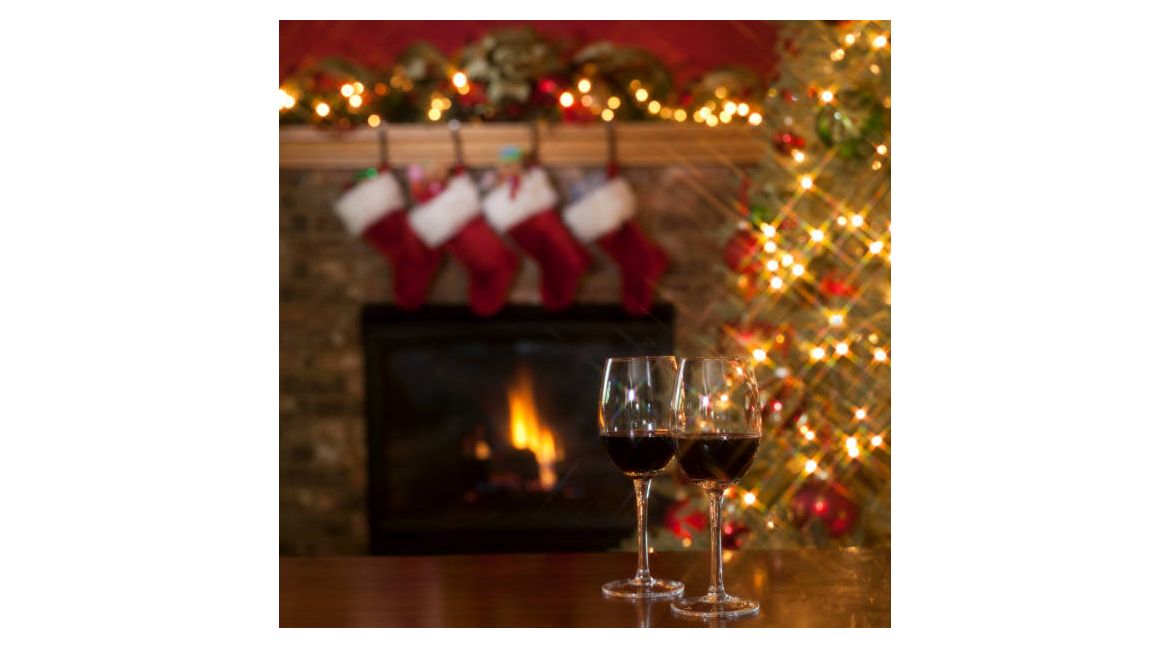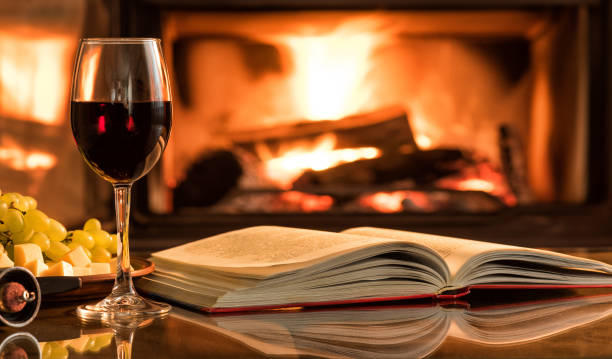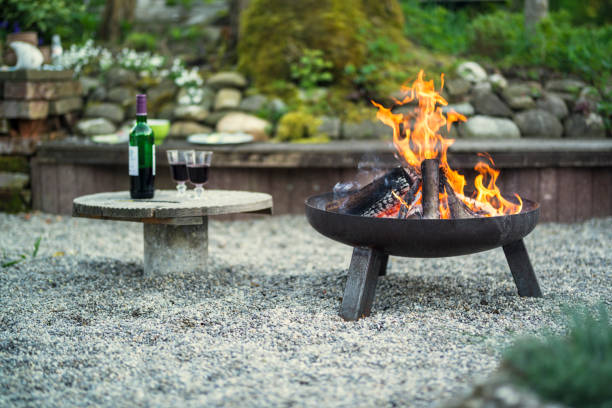
Beaujolais Nouveau: The French Terroir’s Ode to Life Renewed

Beaujolais Nouveau: The French Terroir’s Ode to Life Renewed
When the vine whispers the return of light.

A celebration of wine, time, and light
It arrives each year, almost at the same moment — like a wink from the vine to life itself.
On the third Thursday of November, as autumn turns to gold and the chill settles in, a scent of red fruits and lees fills the cellars:
“Le Beaujolais Nouveau est arrivé!”
A cry of joy, of sharing, of renewal.
For more than a wine, Beaujolais Nouveau is a rite of passage — a celebration of the earth, of labor, and of time beginning again.

At the origins of an impatient wine
It all begins in the heart of Beaujolais — that ribbon of hills nestled between the Rhône and the Saône rivers.
Since the Middle Ages, winemakers there have cultivated Gamay Noir à Jus Blanc, a lively, fruit-forward grape, pressed just after harvest.
In earlier days, this “new wine” was not made for sale.
It was shared among friends in cellars, as a first tribute to the work of the year.
But in 1951, a decree allowed its immediate release — and what had once been a local custom became a national, then global celebration.
From that moment on, the third Thursday of November became a mythical date — a fleeting moment when the world raises its glass to the youth of wine.
The vine, the land, and the breath of the earth
Beaujolais unfolds across a mosaic of rolling hills, golden stones, red clays, and blue granites.
This singular soil, bathed in sunlight and caressed by the wind, gives the Gamay grape its radiant expression: a wine vibrant, supple, and full of freshness.
Vines, often trained in the goblet style, sink their roots deep into ancient soils that drain well and retain heat.
They yield small, concentrated grapes — rich in sugar and perfume.
Here lies the magic of Beaujolais: an alchemy between soil, climate, and the winemaker’s hand.
Unlike a “standard” wine, aged slowly in barrel or vat, Beaujolais Nouveau is a wine of the instant.
It does not rest — it awakens.
Thanks to carbonic maceration, whole clusters ferment naturally, without prior pressing.
This gentle method produces soft tannins, bursting aromas of red fruits, and an airy texture.
It is a living wine, almost dancing — one that still breathes of the vine and of celebration.
The taste of the living
Beaujolais Nouveau is a wine that does not wait.
It is meant to be savored young, in the brilliance of its first days — before its freshness fades.
Its charm lies in this spontaneity, this effortless pleasure — a wine of laughter and reunion.
Under its name hide two distinct faces:
Beaujolais Nouveau, light, fruity, and joyful;
Beaujolais-Villages Nouveau, more structured, from older, steeper vineyards.
Fruity, floral, sometimes spicy, it unfolds in a thousand shades of red — a reflection of the earth from which it was born.
A celebration through the centuries
Beyond the tasting, Beaujolais Nouveau carries an ancient idea: that of the fire of renewal.
In the villages of old, torches were lit, songs echoed through cellars, and bread and wine were shared.
That spirit lives on — in Lyon, Beaujeu, Tokyo, and beyond — as a universal celebration of light, warmth, and togetherness.
A toast to life, before winter.
A sunlit wine in a cold night.
The crus of Beaujolais: elegance and character
If Beaujolais Nouveau embodies youth and joy, the ten crus of Beaujolais express the wisdom of time.
All born from Gamay, they reveal their own distinct temperaments:
Brouilly – round and tender, with ripe red fruit.
Côte de Brouilly – mineral and refined.
Régnié – floral and charming.
Chiroubles – delicate and ethereal.
Fleurie – refined, poetic, violet-scented.
Morgon – powerful and structured.
Moulin-à-Vent – noble and deep, the one that ages best.
Chénas – rare, velvety, lightly wooded.
Juliénas – spicy, solar, vibrant.
Saint-Amour – tender, romantic, made for gentle moments.
Gourmet harmony: the wine of sharing
Savory pairings
Lyonnaise charcuterie, rillettes, brioche sausage;
Roast chicken, gratin dauphinois, forest quiche;
Young cheeses — Saint-Marcellin, Tomme, Brie.

Sweet pairings
Apple tart, spice cake, pears poached in red wine;
Or for the daring: Beaujolais sorbet with candied raspberries.
Each pairing celebrates fruit and freshness — echoing the soul of the wine itself.
The wine of life
To drink a glass of Beaujolais Nouveau is to taste the present moment.
To feel earth, light, laughter, and time unite in a suspended instant.
A humble, sincere wine — a messenger of gratitude and conviviality.
And in that ruby glass, the vine whispers softly:
“Nothing truly ages. Everything begins again.”

HECOSFAIR Journal — The natural elegance of just taste.
Beaujolais Nouveau: the art of turning simplicity into celebration.

 Français
Français English GB
English GB






All comments